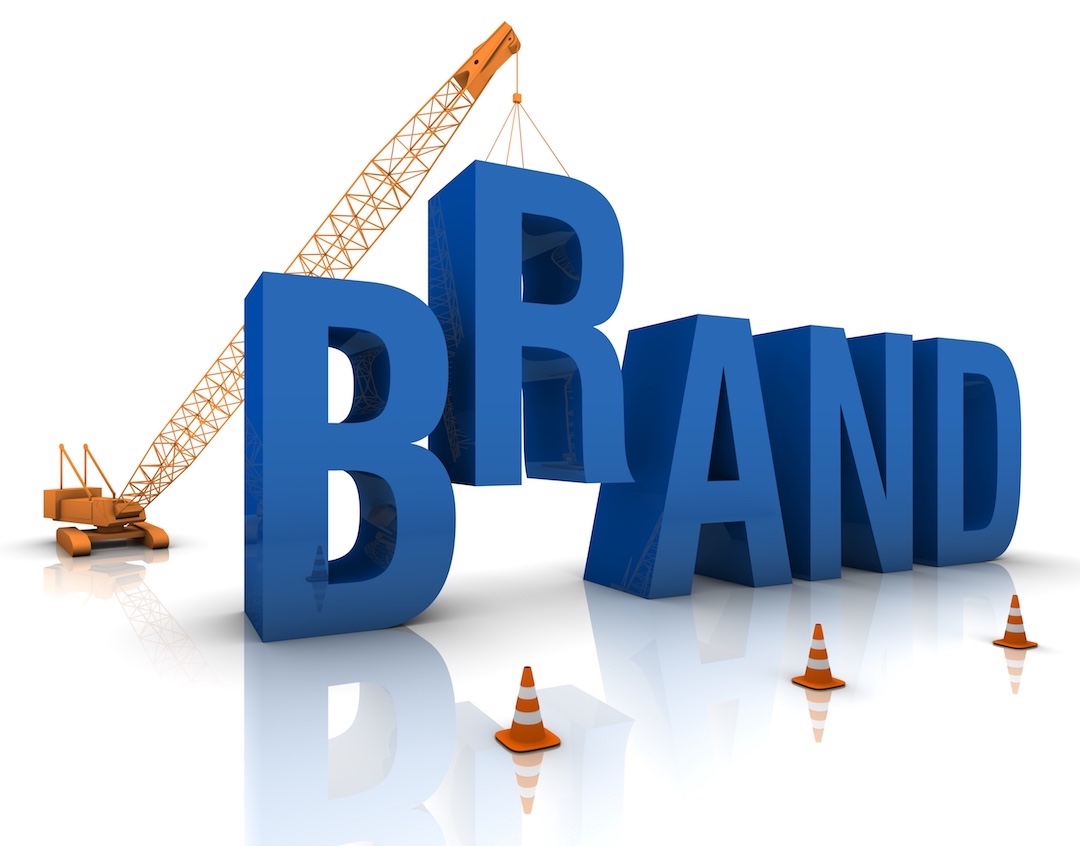 Your product has been found to be defective! You’re facing a market-wide recall! Your buyers are considering whether to continue to do business with you or not. All those years of brand building are suddenly working against you. Your brand is finally a household word. But now it’s a bad household word! What do you do?
Your product has been found to be defective! You’re facing a market-wide recall! Your buyers are considering whether to continue to do business with you or not. All those years of brand building are suddenly working against you. Your brand is finally a household word. But now it’s a bad household word! What do you do?
The definition of product-harm crisis according to the Financial Times lexicon is, “A highly publicized event caused by a product being found to be defective, contaminated, or even harmful to consumers.” This kind of harm definition can cause a company crisis.
When it comes to brand building, we can define harm as “injury” to your brand. If handled improperly, this kind of company crisis can permanently hurt your brand’s reputation.
And if Merriam-Webster can define crisis as “an unstable or crucial time or state of affairs in which a decisive change is impending; especially: one with the distinct possibility of a highly undesirable outcome,” then this is a time for action!
Some may say, “Well, if you practiced better quality control, you never would have found yourself in this situation.” But quality control is not a destination, it’s a journey. Every time you have a production run, you will discover something new that you need to think about next time – something new that you need to fix!
When you outsource production, this can become doubly critical. They may have satisfied the letter of your contract, but found a loophole or an ambiguity that allowed for a product harm crisis to occur. Try as you may to idiot proof your production contract, at best it will be only “idiot resistant.” Our contracts were only three pages long when we started our business, and they were 37 pages long by the time we sold it. That’s how many new clauses we had to add to protect ourselves over the years.
In the CPG space, no matter how hard you try to prevent it, sooner or later you will release a defective product. It’s inevitable. The question is not if you will release a defective product, but when it will happen! And the more important questions are, “How will you handle it?” And even better, “Are you prepared in advance?”
One great lesson we learned early on building the Barefoot Wine brand, was that people judge you more by how you handle a crisis than they do when everything is moving along smoothly. We had a serious product harm crisis when people on our bottling line mistakenly used 750 ml. back labels on our 1.5 L. package. So now we had a scan bar for half the price appearing on the package that was twice the volume! Nobody on the bottling line noticed!
 What’s worse, it got into the marketplace, and into the stores of our largest buyer without notice. It went from our warehouse to their warehouse and still, nobody noticed. In fact, it got onto the shelves in hundreds of stores, was purchased by consumers, scanned through checkout, and still, nobody noticed! Nobody noticed it was scanning for half the price it should have been. Finally, one of our own salespeople called in panic and told us what was happening. She noticed!
What’s worse, it got into the marketplace, and into the stores of our largest buyer without notice. It went from our warehouse to their warehouse and still, nobody noticed. In fact, it got onto the shelves in hundreds of stores, was purchased by consumers, scanned through checkout, and still, nobody noticed! Nobody noticed it was scanning for half the price it should have been. Finally, one of our own salespeople called in panic and told us what was happening. She noticed!
Distribution is a great mechanism for building brand awareness, but it’s a nightmare for product harm! Talk about product harm crisis! This was a situation that could have gotten us discontinued from a major chain store. We scrambled! Two quick meetings and one hour later we were in front of the buyer for this chain store with a rather large check. “What’s this all about?” he asked in surprise.
Our representative took a deep breath, “This is to cover the costs you have incurred, and may incur, on our defective product that is already in your system. We mislabeled our 1.5 L package with a 750 ml back label. You’re scanning our product at half the price! We are taking total responsibility for this mishap and will mitigate the situation in the following ways:
- Our truck is on its way to your warehouse as we speak to swap out mislabeled goods causing you to scan at half the price.
- Our crews are on their way to your stores to swap out any and all mislabeled goods at store level.
- We have improved our bottling line procedure so that label inspections will be more common.
- From now on our label printer will be identifying label sizes in 1-inch high numbers on their packages.
- We’re very sorry for this inconvenience and we are doing everything we can to assure that it will never happen again.”
To which the buyer responded, “You guys are doing the right thing!” He then proceeded to give our products a special price reduction promotion as his way of showing appreciation for how we handled this situation.
In our career building the famous Barefoot Wine brand, we faced many situations like this including wines that re-fermented in the bottle causing exploding corks, and defective synthetic corks, that when pulled, always seemed to splash wine (especially the red) onto, you guessed it, white dresses, suits, and carpets! Ugg!
Each product harm crisis required immediate action on the part of the producer. As time went on, we learned the basics for how to handle any product harm crisis and to mitigate damage to our brand. We learned how to actually build more credibility with our distributors, retailers, and consumers during the crisis. Here’s our short list to mitigate product harm and save your brand:
1. Admission. Diffuse the situation by coming clean.
Any time that passes between the discovery of a defective product and an admission by the producer, exacerbates the problem. You don’t want your customers to view you as being in denial, especially when the defect is obvious. Take control of the situation and lead the story. Apologize and take responsibility. But your apologies are not enough. “So, you’re sorry – so what?” Promise a permanent solution. And warrant there will be no reoccurrence.
Denial, or even the appearance of denial, can hurt your brand’s credibility and do permanent damage. This is why you must take the high road with a speedy admission and take full responsibility. It’s what your loyal customers (and retail buyers) expect of you anyway. Remember, they are advocating your brand to their friends, family, and associates. Their reputation is on the line as well! How will you make them look?
Don’t lose credibility and brand reputation by stalling, delaying, or blaming others because the implication to your buyers and customers will be that they are somehow stuck with defective products. By trying to defend yourself and your company you’re making your buyers and customers feel vulnerable. Plus, you are increasing the time between the event and the fix, which in the world of mass distribution is only increasing the cost of the fix!
By coming forward with a speedy admission you are giving your buyers and customers the reassurance they need to continue to promote your brand. Everyone wants to advocate an honorable brand. When a producer takes immediate responsibility in a product harm crisis, they are telling their customers, “I will make this right!”
2. Remuneration. Replace products and cover the damages.
Sure, it’s expensive, but it’s a whole lot less costly than trying to rebuild the reputation of your brand. You have to see the big picture here. The decision is whether or not you want to continue with the brand. Look at it like this: This is your opportunity to build credibility. People will remember more how you handled the recall than the product harm crisis itself.
Once you realize that a product harm crisis is just part of doing business, you can mitigate the financial effects. One way is to allocate a portion of income from your product sales to a specific fund created for this very occurrence. The larger your brand gets, the more distribution you will achieve. The more distribution you achieve, the greater the potential financial liability of a recall.
But there’s more to cover than just the recall. You must also cover the damage to your retail buyers caused by increased handling, paperwork, and administration. You may also have caused damage to their reputation. And they themselves may be named as additional defendants in a legal proceeding, should there be one. And don’t forget, you will be out the cost of the defective goods as well.
If you can get insurance to cover all or part of a product harm crisis at premiums you can afford, it’s a good investment. If you’re going to self-insure, start that mitigation fund today!
This is why immediate admission is so critical. The sooner you can get the responsibility issue behind you, the faster you can begin to take action and thereby moderate your escalating costs.
3. Prevention. Develop improved policies and procedures.
This is the area where most businesses fail. They apologize, they exchange out for new products, they recall those that have sold, and they write some big checks; but the future is what the market wants to know about. Why should they continue to buy after they got their money back? What have you said and done that says, “Give us a chance to show you we can live up to, and exceed, your expectations”?
It’s not enough to fix the problem in the eyes of your buyers and customers. They need some reassurance that it will never happen again. What steps are you taking to prevent a reoccurrence? What have you learned from this product harm crisis? How will your policies and procedures change going forward?
If handled properly, a product harm crisis can actually improve your quality control. Your customers know this and are waiting to hear how you will make that happen. After all, your buyers and customers are pulling for you. They have invested in your product. They advocate your brand. They want to be vindicated that they did the right thing.
Nothing will vindicate them more than an announcement by you about what you’ve learned and what you’re changing to improve your quality control procedures. This is what they will remember, so do it right! And do it quickly!
Get to the bottom of the problem immediately. Find out exactly how it occurred, who was involved, what signage, contract clauses, checklists, sign-up sheets, labeling, or other printed documentation was being used during the crisis. Focus on those documents. Discover where the misinterpretation occurred. Develop new language, procedures, and policies to prevent those miscommunications from happening in the future.
By getting into the procedural nitty-gritty and improving your documentation, you will be able to demonstrate to the injured parties that you take full responsibility and take the situation seriously. You will be able to demonstrate that you have identified the problem. And you will be able to demonstrate the steps you are taking to prevent a reoccurrence. Getting specific about remedial policies and procedures is the most effective way to rebuild trust and confidence during a crisis.
This is a great occasion to jujitsu unwanted press into a message of responsibility, control, and empathy. Show the world that you have learned from it and are tightening up your policies and procedures. You are already in the news, so use this opportunity to build your brand with integrity and dignity.
It should go without saying that whenever glitches are discovered in production or handling, even if they never make it to the marketplace, they should be addressed by your staff. Your people should be encouraged to come forward with suggestions to prevent defective products from ever leaving your warehouse.
Now we’re talking company culture.
Does your company have a culture of permission? Do you encourage your people to improve the policies and procedures under which they perform their duties? Or is your company a top-down pyramid style structure where all direction and criticism flow downhill from the top?
Do you practice “need to know” or “know the need”? Do your people truly understand the implications of a product recall? Do they truly understand their paycheck is coming from the customer and they are all serving the customer? If so, they will be more likely to protect their income by looking for, and preventing, product recalls on a preemptive basis.
Don’t let the next product harm crisis hurt your brand. Use admission, remuneration, and prevention to stem the tide and protect your reputation. Don’t let your company culture inadvertently allow for product recalls. And take swift action when it does happen. Turn your scar into a star! You want your buyers and customers to say, “I like how they handled that!”


